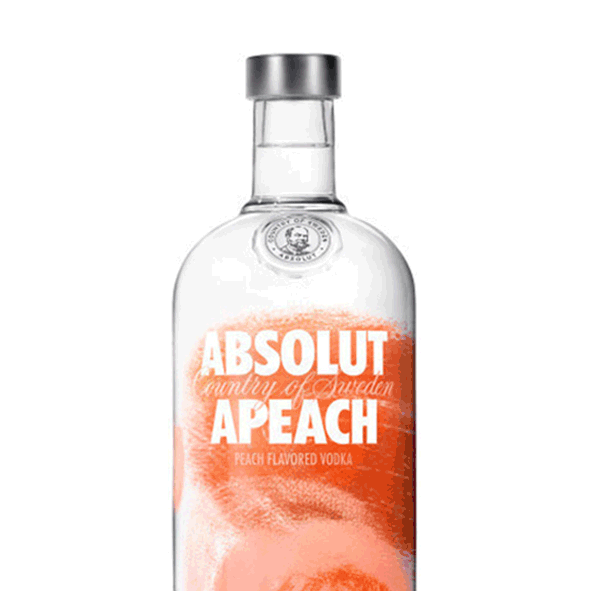Consistency rules: why brand consistency is king (and how to achieve it!)
Whether you’re a business owner, an entrepreneur, a marketer, or a global brand, you’ll likely appreciate the importance of brand consistency. However, whilst speaking to multiple personas, across various spaces for different purposes, it’s all too easy to lose this brand consistency. You’d be forgiven for losing sight of what actually creates a stable brand identity, and how it can be maintained throughout time.
If you are struggling to maintain your brand identity, it’s important to remember that this brand consistency should be used to guide the journey, not restrict it.
Keen to refresh your perspective on how brand consistency can empower and inspire?
Of course you are!
🔍 What is brand consistency?
We know that a successful brand strategy allows a particular brand to promote their unique values and purpose.
In fact, according to ‘Bench Report’ brand consistency can increase sales by 23% on average.
It enables a brand to be differentiated and desirable against competitors. It’s about establishing an identity which the audience can recognise.
This last point is crucial. The audience must be able to identify your brand — which is more than recognising a logo or a name. It comes down to your audience perceiving a set of fundamental characteristics, (such as the brand’s purpose and values) as well as its personality (such as the brand’s voice).
In order to make these elements identifiable, consistency must flow through all of what the brand does. There needs to be threads of consistent thought, values and style.
“brand consistency can increase sales by 23% on average.”
Demand Metric
🤔 Why is brand consistency important?
Whether you’re a business owner, a creative business, a brand manager or an entrepreneur, brand consistency will be crucial for you.
There are many benefits of maintaining brand consistency. Or, on the other hand, there are significant consequences of creating a brand which chops and changes.
Let’s talk about trust. Every time a customer interacts with your brand, it is an opportunity to reinforce what you do and why you do it. Over time, providing your audience with a consistent story tells them that your brand is predictable, and therefore trustworthy. After all, consistency shows that you are committed to your core values over time.
When your brand has gained trust, you will discover the ability to push boundaries and explore new ventures. It’s not about repeating the same old tired messaging. It’s about diving into each new opportunity with a continued sense of purpose and identity.
So, how can you achieve this consistency? Or, perhaps more specifically, how can you identify the signs that your brand may be going off track and losing its identity?
“Authenticity means; acting in a way that we expect you to act, being consistent, even when we’re not looking. And that’s when brands fall apart, when we discover that behind the scenes you’re not who we thought you were. But if we’re consistent in being who people think we are, then we’re seen as authentic. When we’re seen as authentic the promise of the brand becomes more valuable.”
Seth Godin
🚩 Here are three red flag indicators that your brand is inconsistent.
1. Your audience doesn’t understand your brand
One of the biggest indicators of brand inconsistency will come from your audience’s behaviour. A confused audience will seek clarity on who you are or what you do, whether that indicated by a large number of enquiries, or the fact that they turn to competitors who do have a clearer product.
2. You don’t have a clear Unique Sale Proposition (USP), or it doesn’t reach your audience
Your brand positioning should differentiate your brand against competitors. If you don’t have a unique and distinguishable brand, you will find yourself losing prospects to competitors.
Likewise, you will be marketing your brand within a competitive market without a way to strand out — the result will be expensive marketing campaigns and a lack of qualified leads.
3. Your team has different ideas around the brand and where it's headed
Brand inconsistency is not only evident in your audience’s behaviour, but also within the team. You might hear the sales team describing the brand in different ways, or employees seeking clarification on how their role contributes to your mission.
Brand inconsistency which is evident at a grassroots level. Keep your ear to the ground for indicators such as the following scenarios:
The public may stumble across inconsistent logos, icons, fonts, brand colours, tag lines, or other branding aspects.
You rolled out a rebranding project, but the old branding is still used in overlooked places such as templates, or old collateral such as business cards are still being circulated.
Your branding strategy is lacking, and does not serve the purpose of ensuring consistency in tone of voice — different writers and contributors have therefore published content with different tones.
You don’t have a branding kit or set of guidelines to pass onto sponsors and partners, so incorrect, outdated or insufficient brand assets are published externally.
Old website content is still being indexed, and the audience can find redundant web pages.
The internal team seems to lose sight of the company’s values, mission and goals. There is insufficient ‘big picture’ alignment.
You have duplicate digital channels or accounts, some with incorrect branding.
So, now we know some of the key indicators that your brand may be failing to stay on track how can a robust brand model prevent these kinds of shortfalls? What can be done to align the whole brand and its people?
When asked for a definition of “brand,” I use this: A brand is a promise performed consistently over time. It’s held up for a while now.
Brian Collins
👀 What brand consistency looks like.
First of all, let’s outline the goal. What are we trying to achieve? What does brand consistency look like?
Here are the core indicators of a successful and consistent brand:
You know your message, and your actions are aligned with that message
How do you want your audience to perceive you? That is the big question. Your brand strategy should answer this, and become a roadmap for everything you do.
It’s not just about articulating and distributing the brand’s message, but also ensuring that all actions are aligned with that. That should entail everything from the team’s KPIs being purpose-aligned KPIs, to ensuring everything from marketing to PR and partnerships are aligned with who you are (and never what you’re not!).
You have a clear mission statement and robust brand kit and guidelines that is circulated everywhere
As mentioned, your brand model needs to flow through to all that you do. That’s why it’s important to have a clear mission statement which is understood by all team members. It should be infused through the entire HR process, from recruitment to internal reviews.
Similarly, the brand kit should also be ubiquitous, and always consistent.
Your team should always have access to, and be reminded of, the brand’s identity and purpose.
Don’t forget to have such branding kits available for external circulation, such as partners or sponsors.
If brand consistency feels like a complicated and abstract concept, remember that there are very practical methodologies to ensuring this is achievable across multiple brand touchpoints.
🎯 How to achieve (and maintain) brand consistency
Let’s look at the practical things that can be done to maintain brand consistency:
Control access to branding materials via a dedicated team or individual. Coordinate assets across every internal and external access point.
Constantly update all digital and printed materials to reflect any changes.
Create a brand kit and set of guidelines for external stakeholders, such as partners and sponsors.This should also include access to a library of your assets such as your logo, graphics, fonts and imagery.
Ensure your brand kit is comprehensive and holistic. Don’t forget that it should contain guidelines around key areas such as tone of voice.
Have a set of templates available for the team to use. These should contain rules and placeholders so as the content can simply be added to the dedicated spaces.
Enable your sales team to achieve brand consistency by providing a core narrative to describe the company, its purpose and its vision. This can be done through brand videos, books or launch events.
📋 Overall, there are many actions that should be taken to ensure the brand model trickles down to everything that you do.
Be vigilant for signs that your brand is becoming convoluted, and make brand consistency a priority to ensure you never have to repeat the answer to answer, “what is your brand about?”.
References
Demand Metric | Seth Godin | Brian Collins
Chris Thomas is an independent design and branding specialist with over 20 years experience working with iconic brands across a wide range of sectors spanning the UK, EU, US, Middle East, Asia and here in Australia. He is the owner and Creative Director at Founded by Design, and has been awarded both nationally and internationally for his work.



